The French architect describes his 23-storey apartment block on the Lower West Side as a ÔÇśvision machineÔÇÖ. Ike Ijeh tries to decipher what that means. Photos by Roland Halbe
Shimmering over the Hudson River in ManhattanÔÇÖs Lower West Side, a striking new residential block has been completed. Jean NouvelÔÇÖs 100 11th Residences is a 23-storey tower of 72 luxury apartments occupying a pivotal riverside location at the corner of 19th Street and the West Side Highway in the cityÔÇÖs salubrious Chelsea district.
Nouvel has described his tower as a ÔÇťvision machineÔÇŁ ÔÇô a reference to its luminous yet mechanical appearance ÔÇô and has claimed it is a direct conceptual descendant of his seminal 1987 Arab World Institute in Paris. It is not difficult to see why.
Windows of different shapes and sizes have been punched into the masonry envelope at various points to dramatically frame views from interior rooms
The building contains two completely distinct elevational treatments but it is the one that faces the river that makes the greatest visual impact. A gently curving glass and steel curtain wall occupies the full height of the facade and is clad in nearly 1,700 panes of obliquely angled colourless glass of various shapes and sizes. The effect is that of an undulating, glittering crystalline skin that produces a kaleidoscopic mosaic of distorted reflections at various times of the day. The Mondrian-like facade is designed to reflect the vibrancy, fluidity and motion of the river and the city of New York itself. In stark contrast, the rear facades of the tower are entirely clad in black brick to reflect the industrial heritage and aesthetic of the local area. Again, windows of different shapes and sizes have been punched into this masonry envelope at various points to dramatically frame views from interior rooms. Despite the variation in form and materials, this complex elevational pattern also reflects the randomised geometry of the glazed curtain wall on the south side of the building.
Another prominent feature of the development is the ÔÇťloggiaÔÇŁ Nouvel has installed on the first seven storeys of the building. A free-standing screen of densely mullioned glass has been pulled away from the lower seven storeys of the south facade to create a glazed, semi-enclosed atrium. Overlooked by either enclosed or open apartment terraces, this vertical private garden contains trees and ornamental plantings that appear to ÔÇťfloatÔÇŁ on various floors and is spanned by a complex grid of high-level steel beams. In the structural and residential organisation of this unique space, NouvelÔÇÖs ÔÇťvision machineÔÇŁ appears to owe a debt far older than the Arab World Institute, to another ÔÇťmachine for livingÔÇŁ: le CorbusierÔÇÖs Unit├ę dÔÇÖHabitation.






















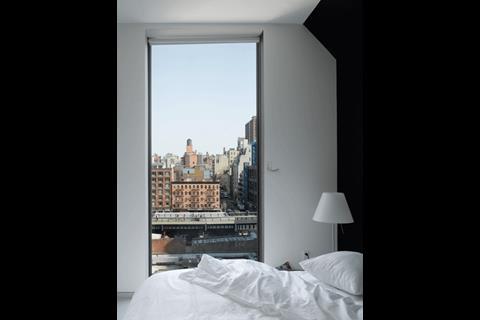
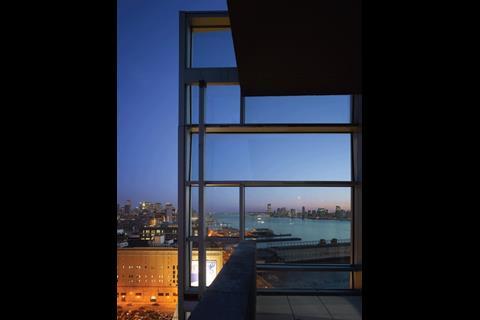
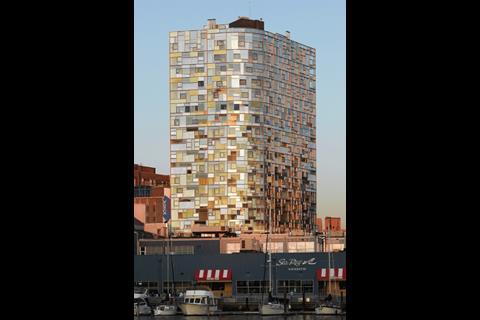
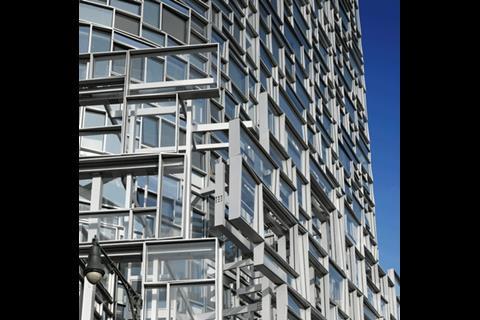
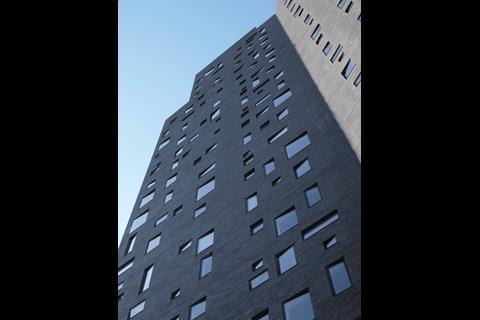
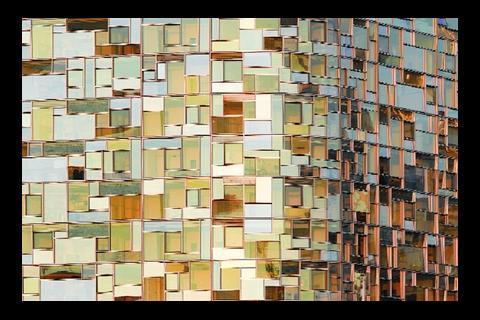


![Hassell - Brighton Business School[1]](https://d3sux4fmh2nu8u.cloudfront.net/Pictures/100x67/7/4/1/1886741_hassellbrightonbusinessschool1_568688.jpg)



1 Readers' comment